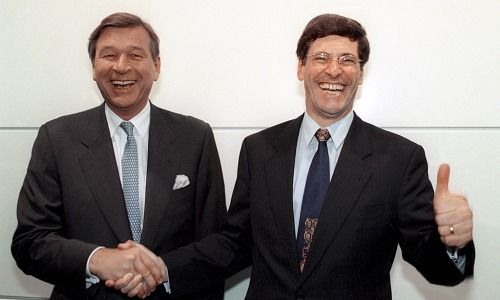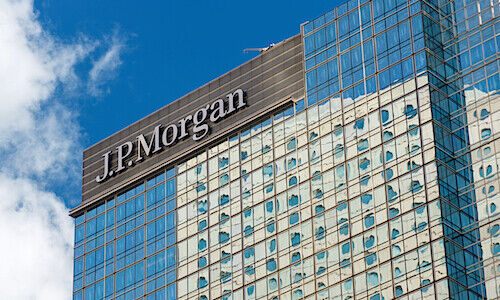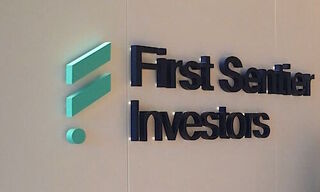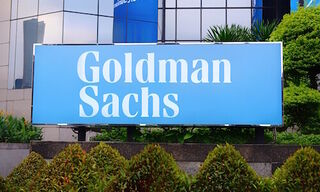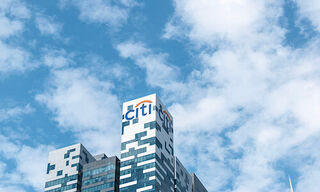UBS 20 Years Ago: A Risky Intention
Exactly 20 years ago today, Swiss Bank Corporation and Union Bank of Switzerland announced their intention to merge. Robert Vogler, who had a front-row seat to the event, recalls the fateful day.
This is the first of a two-part look back by former UBS banker and historian Robert Vogler. Click here to read how crisis hit following the merger, in the second installment.
The mood was jovial on a wintry Friday night in December at Union Bank of Switzerland. Year-end promotions had just been announced at the bank, which had recently rebranded as «UBS». The date was December 5, 1997. Few UBS bankers knew what was brewing behind the scenes.
Swiss and international media had been running merger speculation for weeks, but unable to pin down specifics. In fact, it was the third attempt to fuse two Swiss giants: Credit Suisse, then led by Chairman Rainer Gut, attempted a merger with then Union Bank of Switzerland in 1996, which rudely rejected his advances. Several months later, early in 1997, initial talks between Swiss Bank Corporation (SBC) and UBS had fizzled.
Mega-Merger of Equals
That Friday, staff in UBS’ corporate communications department were asked to be available after-hours. A short time later, we were led to a small meeting room and told that our bank would merge with Basel-based SBC. The news was hardly a surprise – most of us had already mentally given up our weekends in order to prepare for the official announcement on Monday.
It became official on December 8: Switzerland’s largest and third-largest banks made Swiss corporate history with a «mega-merger of equals».
Ambitious Targets
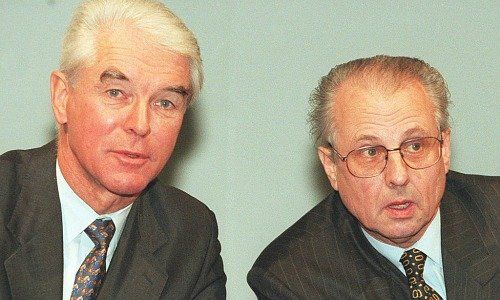
The two bank CEOs, Mathis Cabiallavetta for UBS and Marcel Ospel for SBC, presented the deal next to their respective chairmen, Robert Studer (pictured above left) and Georges Blum (pictured above right).
Then-SBC finance chief Peter Wuffli outlined the details of the deal: provided shareholder backing, the two would combine into «United Bank of Switzerland», a leading global bank jointly based in Zurich and Basel.
The bank’s key goals were ambitious:
- 10 to 11 billion Swiss francs in consolidated net profit four years after the merger
- A spot in the top-four of global finance with a market capitalization of 85 billion francs, with a return on equity of up to 20 percent
- 7 billion francs in restructuring costs
- An annual reduction of spending of up to 4 billion francs three to four years after the deal
- The bank would top 1 trillion francs in client assets, advancing to the world’s largest wealth manager
- A leading investment bank in Europe with an excellent foundation for U.S. and Asia growth
- Job cuts totaling 13,000, of which more than half would fall to Switzerland
- The all-stock deal was based on a 60-40 split for shareholders, in favor of UBS investors.
- Page 1 of 2
- Next >>

